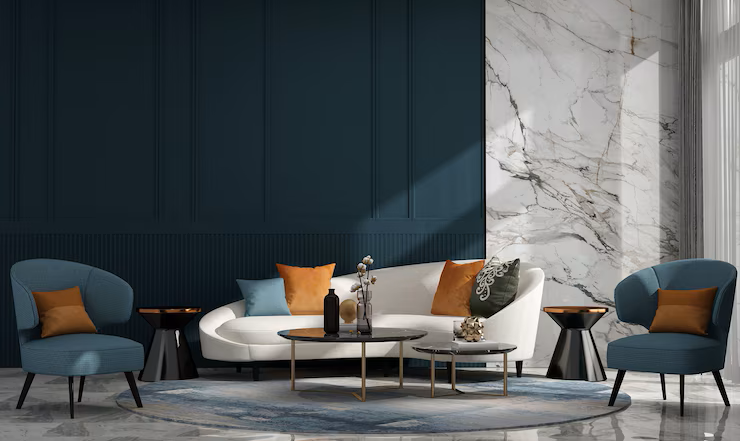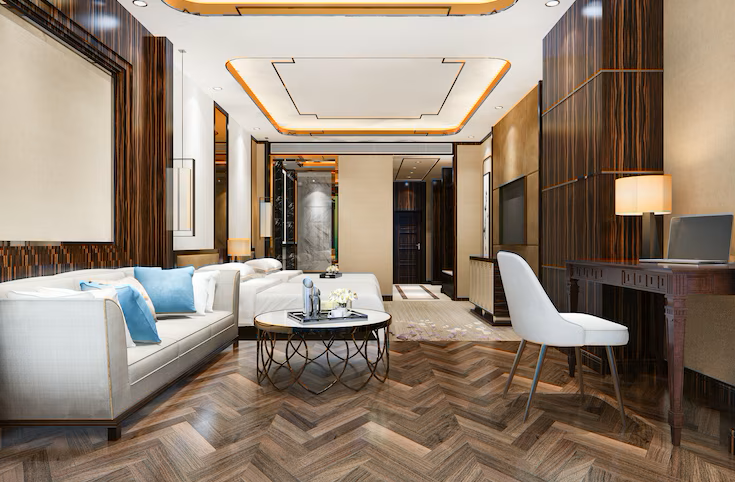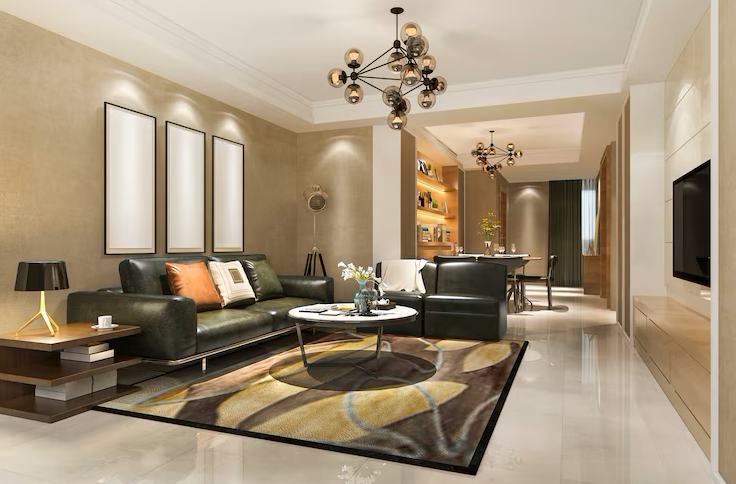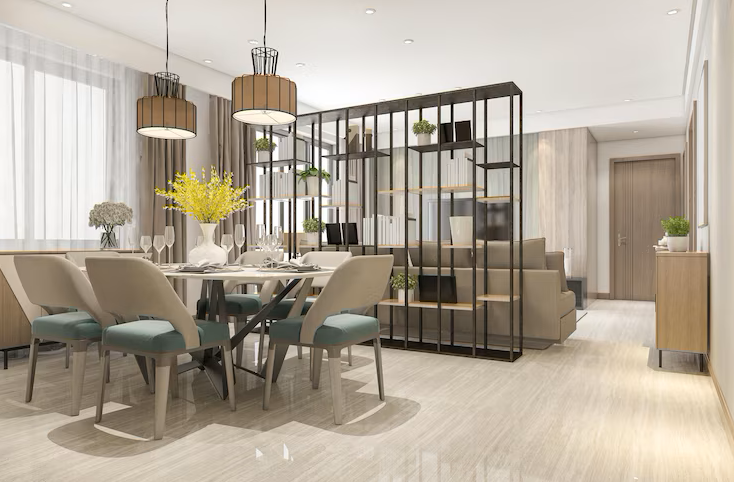Top 10 Interior Designers in Chennai Who Transform Homes with Style
If you’re searching for interior designers in Chennai or planning a home/office refresh this year, 2025 brings a lively mix of sustainability, bold personality and smart functionality. Below I’ve rounded up the most important trends Chennai homeowners and designers are using right now — with practical ideas you can borrow, plus why local designers are leaning into each direction.
1. Sustainable + local materials are non-negotiable
Sustainability has moved from “nice-to-have” to core brief. Chennai designers are specifying low-VOC paints, reclaimed wood, natural stone, and regionally sourced materials to cut embodied carbon and support local supply chains. Expect to see bamboo, terracotta, polished concrete and engineered stone used more often — not just for looks but for longevity and lower maintenance.
Quick idea: Ask your interior designer to provide a “materials matrix” that lists the origin, life expectancy and maintenance needs for every major finish.
2. Biophilic design — nature, but Chennai-friendly
Tropical climates like Chennai’s make biophilic design especially effective: more indoor plants, planted balconies, vertical green walls, and layouts that maximise cross-ventilation and natural light. Designers are combining greenery with breathable fabrics and earthy textures to create cooler, healthier homes. This trend also helps reduce reliance on artificial cooling when paired with smart shading and window placement.
3. Multi-purpose, flexible living
Homes are still serving multiple roles (office, studio, gym, classroom). Interior designers in Chennai are responding with multifunctional furniture, sliding/divider systems, and hidden storage — think foldaway desks, built-in bench seating with storage, and room dividers that double as shelving. These solutions are especially valuable in compact city apartments.
4. Curves, textures and tactile richness
2025 favours softer silhouettes: curved sofas, arched doorways, rounded cabinetry and sculptural furniture. Paired with tactile textures — plastered walls, linen, boucle and hand-finished wood — interiors feel more human and comfortable. Designers use texture layering (rugs, throws, wall finishes) to make spaces feel curated rather than staged.
5. Colour palettes: warm, bold but grounded
While neutrals remain a base, 2025 is about warm, richer accents — deep greens, terracotta, ochres and moody blues — often balanced with natural neutrals to suit Chennai’s sunlight and climate. Accent ceilings and “the fifth wall” (statement ceilings) are trending as an easy way to add drama without permanent commitment.
6. Tech that’s useful, not flashy
Smart home tech is being integrated with restraint: energy-monitoring switches, automated shading to cut cooling load, discreet multiroom audio, and smart lighting scenes that mimic natural daylight. Chennai designers focus on tech that improves comfort and sustainability rather than gadgets for the sake of it.
7. Tradition meets modern — Vastu and vernacular cues
Many Chennai clients still value Vastu or traditional spatial logic; top designers blend those cultural needs with contemporary aesthetics. Expect traditional elements (jaali patterns, courtyard planning, timber motifs) reinterpreted in modern materials and scaled for urban apartments. This fusion helps homes feel rooted and personal.
How to pick the right interior designers in Chennai (practical checklist)
-
Portfolio relevance: Look for projects similar in size and budget to yours.
-
Sustainability proof: Ask about materials, product spec sheets and energy-saving strategies.
-
Local knowledge: Designers familiar with Chennai’s climate and vendors can avoid costly mistakes (sun orientation, ventilation, procurement).
-
Process clarity: Request a timeline, milestone payments, and a written scope to avoid scope creep.
-
Aftercare: Confirm who handles defects/warranty and post-handover maintenance.
Quick, actionable trend swaps you can do now
-
Swap one synthetic textile for a natural one (linen/cotton) to improve breathability.
-
Add a statement ceiling or a textured plaster wall to create depth.
-
Replace an old air-conditioning schedule with motorised shades on east/west windows to reduce heat gain.
-
Introduce a single large indoor plant or a modular planter on the balcony to make a big visual impact.





